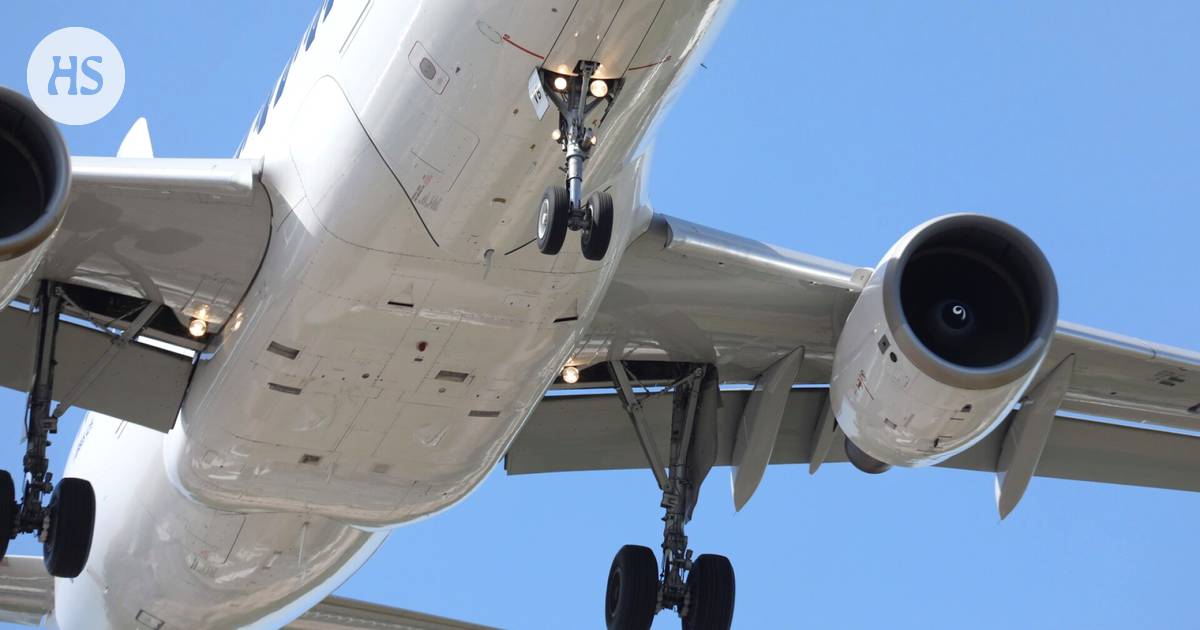Ilmastonmuutos | The spring of the current year was the first time that information on climate emissions published by companies was widely available
The summary is made by artificial intelligence and checked by a human.
Finnair, UPM and Fortum are Finland’s most emission-intensive large companies in relation to turnover.
Valmet, Nokian Renkaat and Neste are the biggest emitters of greenhouse gases in the entire value chain.
Biocode’s report compared the emissions of Finnish listed companies and large companies from last year.
Emissions reporting is important in attracting investors.
Finland last year, the largest companies causing climate emissions were the airline Finnair, the forestry company UPM and the energy company Fortum, if you compare the emissions of the company’s own operations in relation to the turnover.
If you look at the entire company’s value chain, the biggest greenhouse gas emitters were pulp, paper and energy industry equipment manufacturer Valmet, tire manufacturer Nokian Renkaat and fuel manufacturer Neste.
The information is revealed in the report of Biocode, which offers carbon footprint calculators to companies. The company’s CEO Ernesto Hartikainen says that the large differences in the reported emissions were surprising in the results of the comparison.
“There are very big differences between the companies, we are talking about a thousand-fold difference,” says Hartikainen.
When comparing emissions from own operations, the highest calculated emission intensity was 17,000 times higher than the lowest.
For example, companies that use transport fuels, such as Finnair, are very emission-intensive, while the direct emissions of companies operating in the financial and ICT sectors are relatively small compared to their turnover.
Biocode analyzed the greenhouse emissions of 39 Finnish listed and large companies from the sustainability reports published by the companies last year.
The report compares emissions relative to turnover, i.e. emission intensity. A simple comparison of absolute emissions is not meaningful, because larger business activities cause more emissions.
The report also compares emissions by industry. Last year, Valmet’s own operations’ emissions were at a fairly similar level compared to other Finnish companies manufacturing industrial equipment, but it had by far the largest emissions of the entire value chain compared to other engineering companies.
Valmet is told that its relatively largest emissions in the entire value chain are due to the fact that the equipment it manufactures has a long service life of 25 years and that its customers use a lot of energy when using entire factories or paper machine lines supplied by Valmet.
Expiring The spring of 2018 was the first time that information on climate emissions published by companies was widely available from public sources.
Many companies have trained for the requirements of the European Union’s CSRD sustainability reporting directive and voluntarily reported emissions data from the past year.
The sustainability reporting directive entered into force for the largest listed companies at the beginning of the current year, and thus next year it will be mandatory for the first companies to publish reports containing responsibility information for the current year.
The reporting obligation will expand next year to other large companies and in 2026 to listed small and medium-sized companies.
In addition to regulatory obligations, emissions reporting is increasingly important for companies in attracting investors.
“Responsibility information has an increasing influence on financiers’ decision-making, on which companies and under what conditions funding is granted,” says Biocode’s Hartikainen.
About the settlement it appears that the mutual comparison of company emissions is still difficult. Companies’ reporting practices vary greatly, and there is a need to harmonize quality, criteria and transparency.
For example, most of the surveyed companies have excluded, for example, work and business trips, investments and capital goods in their emissions calculation.
Hartikainen estimates that emissions reporting will improve over time, just as financial reporting has also improved. The comparability of reporting is improved by EU regulation and tools coming to the market.
